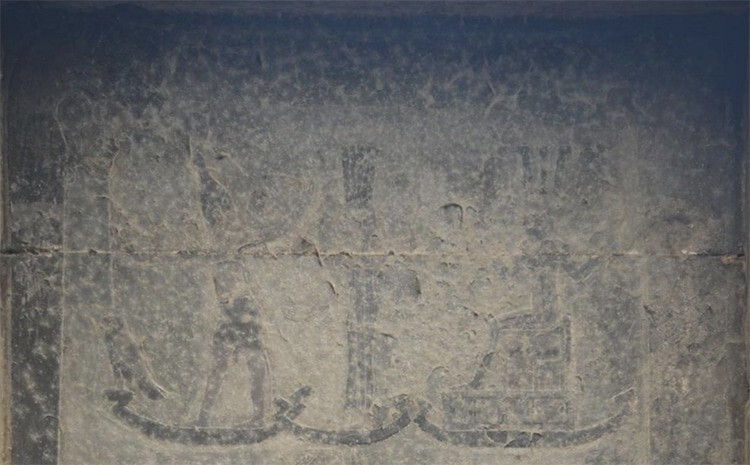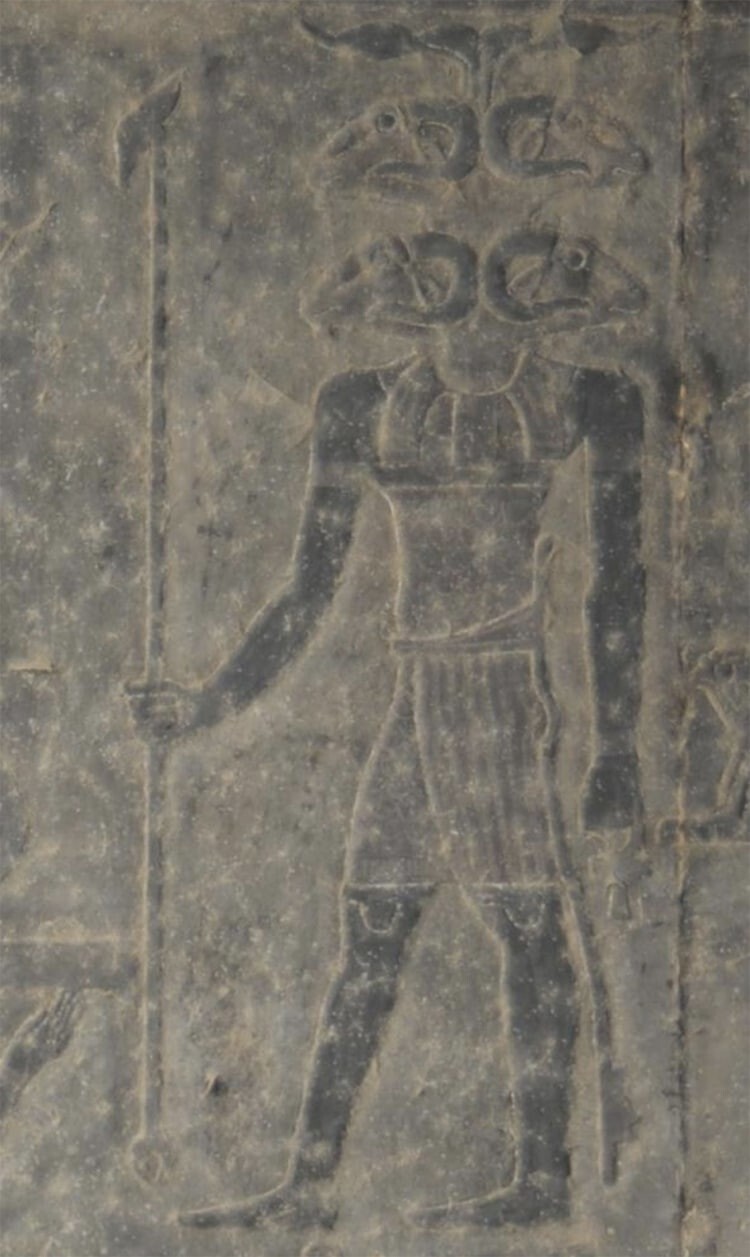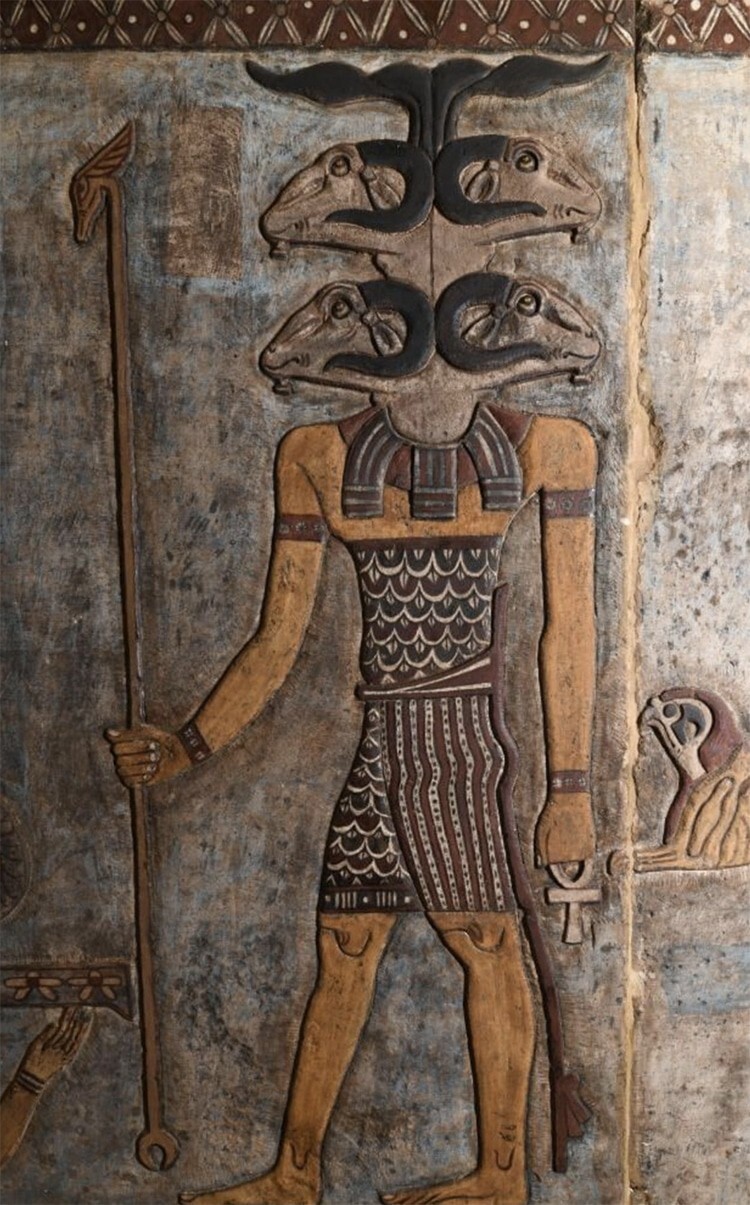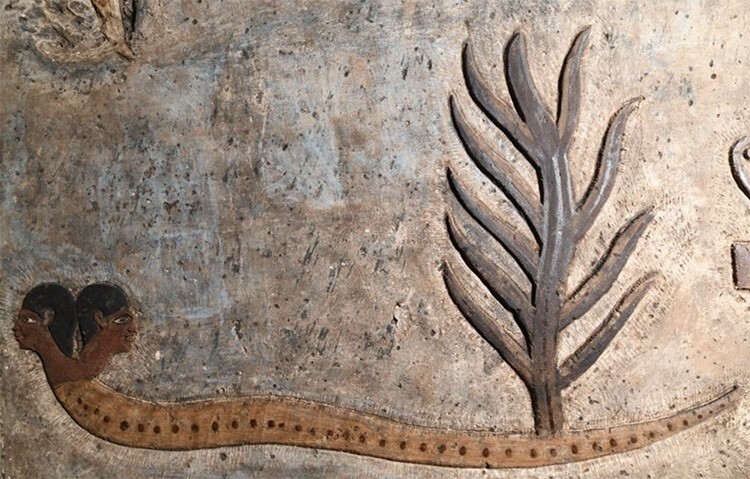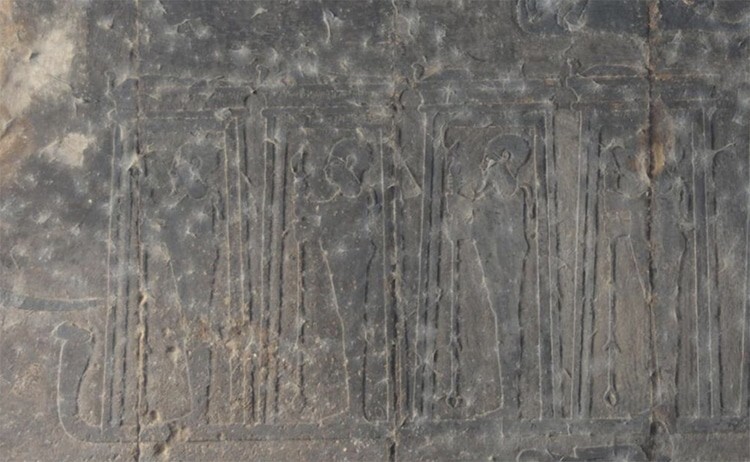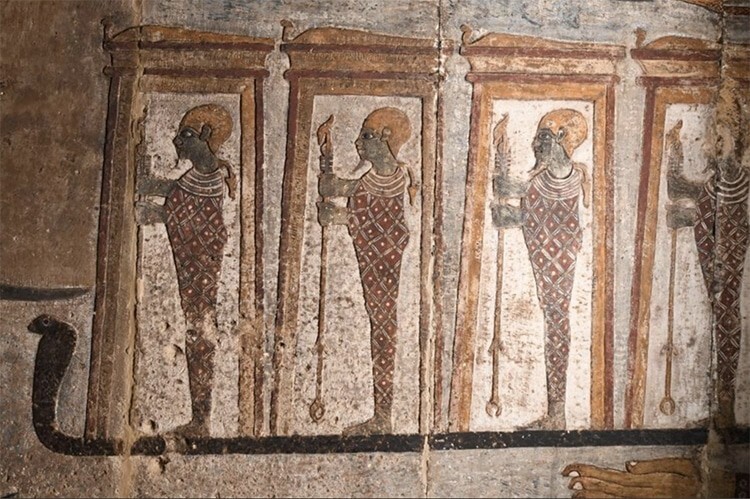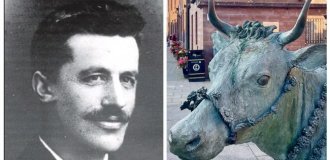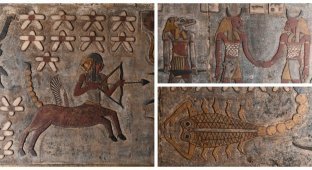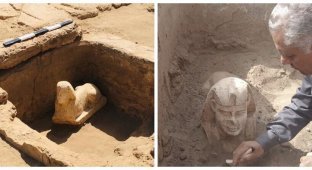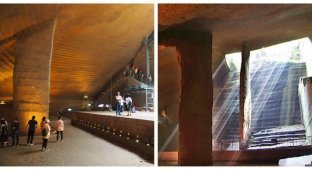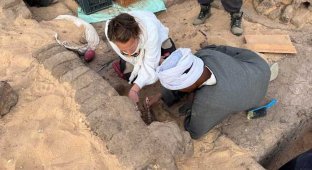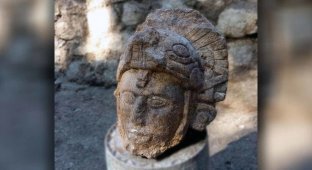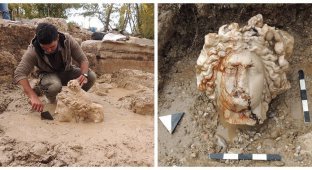Archaeologists have cleared an ancient Egyptian ceiling painting with a New Year's theme (9 photos)
Archeology is often a quest, whether digging for treasure or exploring caves. However, in order to preserve the discovered artifacts, it is necessary to carry out a lot of painstaking work on their conservation. For a team of archaeologists working in Egypt, the past five years have been a mission to clean, conserve and document the "astronomical" wall and ceiling paintings at the Esna Temple. 
The deities on the boats - Orion, Sothis/Sirius and Anukis - create a New Year's scene, and above them the sky goddess Nut swallows the evening sun.
Esna Temple is located south of Luxor in Egypt. The surviving part of the temple is the porch or pronaos, which was built during the Roman period under Emperor Claudius (41-54 AD). It is made of sandstone, has a length of 37 meters, a width of 20 meters and a height of 15 meters. It is not known to which deity the temple was dedicated, but further cleaning of the walls may provide an answer.
A team of 30 archaeologists spent five years clearing dirt, soot and bird droppings from the walls and ceiling of the Esna Temple to reveal incredible "astronomical" reliefs that were previously only vague outlines. These images depict gods who personified celestial bodies and sacred astronomical symbols. Reliefs and inscriptions describe the movement of constellations and celestial bodies, episodes from creation myths, and on the ceiling there is an image of the Zodiac, which appeared in Egypt in the Ptolemaic era.
According to a statement from the University of Tübingen, which is collaborating with Egypt's Ministry of Tourism and Antiquities on the project, the soot has been removed from "hundreds of figures and astronomical images, rediscovering them in their original color."
The ceiling of the temple consists of seven thematic sections. One of them depicts three deities sailing on boats: Osiris (associated with the constellation Orion), Sothis (associated with the star Sirius) and Anukis (goddess of the Nile River). Above them is the sky goddess Nut, who swallows and gives birth to the Sun. The rising of Sirius in the era of Ancient Egypt coincided with the beginning of the Nile flood and marked the beginning of a new year. Therefore, the scene can be called “New Year’s”.
“Sirius is invisible in the night sky for 70 days a year until it rises again in the east,” explained Professor Christian Leitz from the University of Tübingen. “In ancient Egypt, this moment was New Year’s Day, and also foreshadowed the annual flood of the Nile.” The goddess Anukis, also depicted in the painting, caused the waters of the Nile to recede approximately 100 days after this event.
Archaeologists still have a lot of work to do at the Esna Temple. “The completion of the ceiling restoration marks the first and perhaps most important milestone of the project,” said Professor Leitz. “Over the next few years, we want to focus on removing soot from the interior walls of the pronaos and the remaining columns.” 